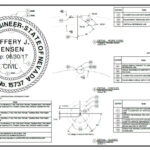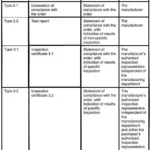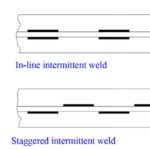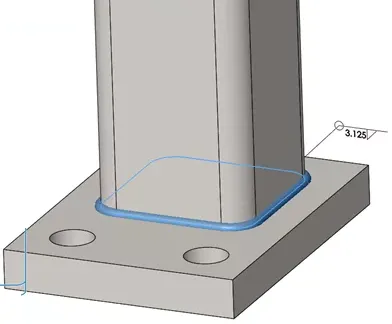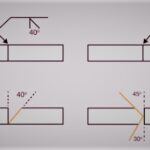When embarking on a construction or renovation project, understanding whether stamped engineering drawings are necessary is crucial. Stamped drawings are a form of certification, indicating that the drawings have been reviewed and approved by a licensed professional engineer (PE).
In this blog post, we will explore the circumstances in which stamped engineering drawings are typically required and discuss the importance of complying with jurisdictional regulations.
Determining the Project Type
The first step in assessing the need for stamped engineering drawings is to identify the nature of your project.
- Is it a commercial or residential undertaking?
- Is it a rehabilitation project or new construction?
These factors play a significant role in determining the extent of documentation required for permitting purposes.
Residential and Rehab Projects
For residential projects and smaller-scale rehabs, the need for stamped engineering drawings may vary depending on the project’s scope.
Cosmetic work, such as minor renovations or aesthetic improvements, may not require stamped drawings in most jurisdictions.
However, if the project involves substantial electrical, mechanical, plumbing, or structural alterations, stamped engineering drawings will likely be necessary.
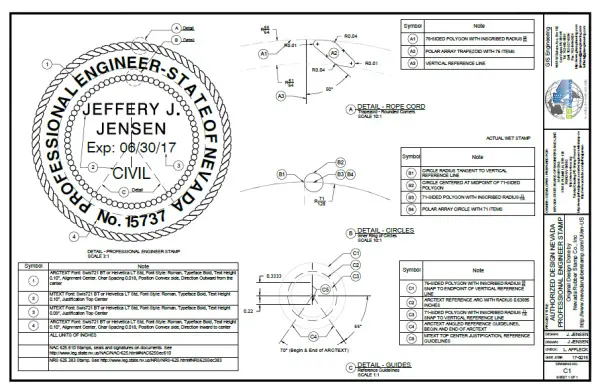
Explore Local Regulations
To ensure compliance, it is essential to research and understand the requirements set forth by your local jurisdiction. Each jurisdiction may have specific guidelines regarding the use of stamped engineering drawings for permitting.
Contact your local building department or permit office to obtain accurate information on the necessary documentation for your project.
Consider Specialized Professionals
In some cases, master electricians or plumbers may be permitted to sign permit prints. This option can be cost-effective, as their fees may be lower compared to hiring a professional engineer.
However, it is crucial to confirm whether their signatures are accepted by the local jurisdiction. Additionally, this option is typically suitable for projects with minimal engineering complexity.
Commercial and New Construction Projects
For commercial projects or new construction, the requirement for stamped engineering drawings is more likely. In most cases, you will need a comprehensive set of architectural, mechanical, electrical, plumbing (MEP), and structural stamped engineering drawings to obtain the necessary permits.
MEP Construction Work
When it comes to MEP construction work, it is often challenging for contractors to prepare the detailed mechanical, electrical, and plumbing plans required for permitting.
In such instances, outsourcing the engineering prints to a licensed Professional Engineer (PE) becomes essential. A PE can ensure that the MEP drawings meet the specific requirements of the jurisdiction while adhering to industry standards and best practices.
Conclusion
Stamped engineering drawings are essential for ensuring compliance with regulations, safety standards, and industry best practices. The need for stamped drawings depends on various factors, such as the project type, scope, and jurisdictional requirements.
It is crucial to thoroughly research local regulations and engage with appropriate professionals when necessary.
By obtaining the required stamped engineering drawings, you can proceed with your construction or renovation project confidently, knowing that the design and plans have been reviewed and approved by a qualified engineer.
